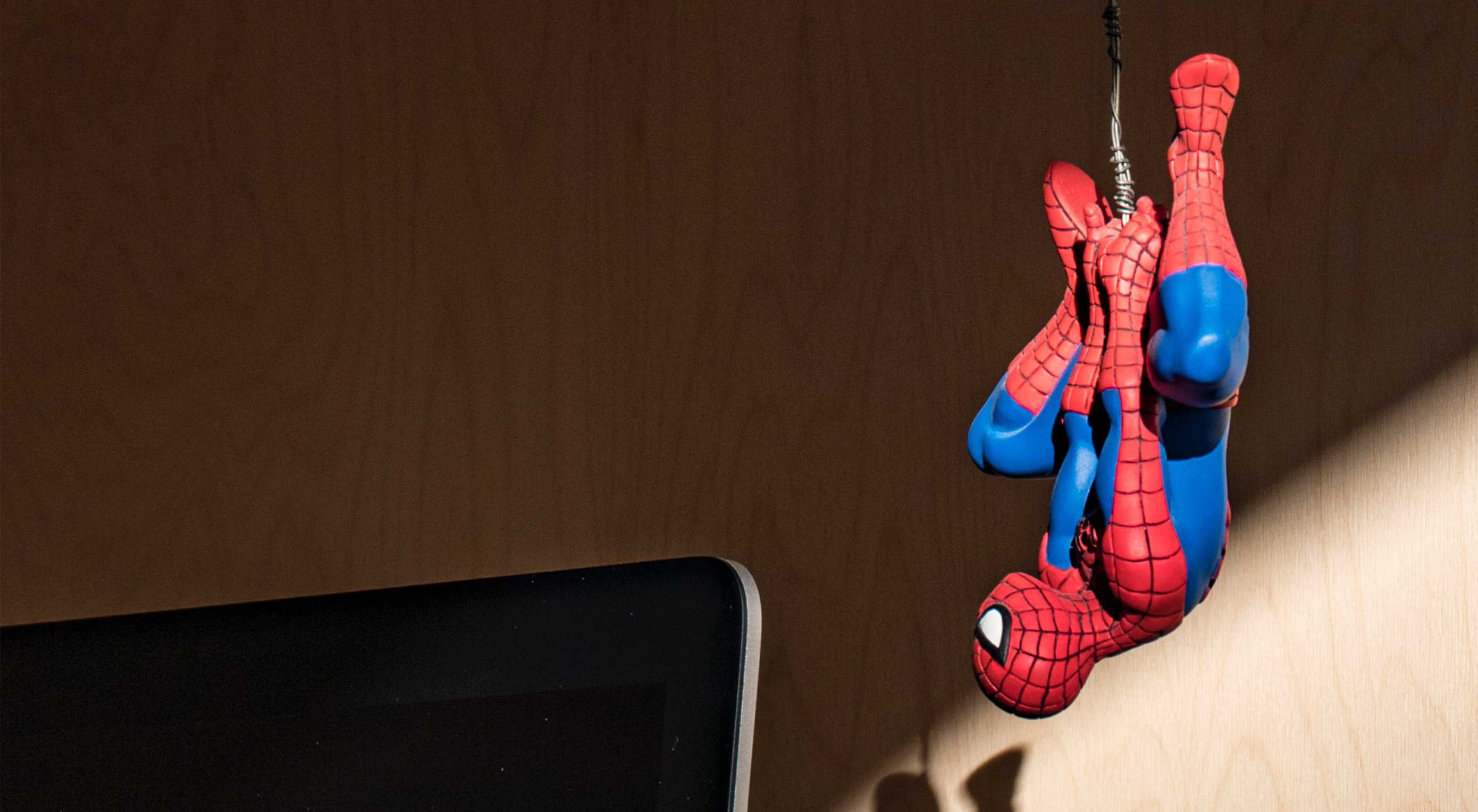The March Madness moniker has taken over the spring sports calendar. Amidst the home stretches of the NBA and NHL and the impending birth of a new MLB season, college basketball swoops into the collective ethos of American sports — inundating us with all things brackets along the way — with a three-week tournament run that culminates in one of the most-watched sporting events of the year: the Final Four.
While fans embrace the annual unpredictable nature of the free-flowing tournament, the busted brackets, and the Cinderella stories, another aspect that changes year-to-year comes in the form of the aesthetics of the event.
“We try to pull in some of the local flare from each of the cities,” says Nathan Arkins, NCAA assistant director, championships and alliances, when discussing the yearly Final Four logo. “Whether it is something that has to do with architecture or an event, we then work with the city on best practices and have them fill out a creative brief on what they would like to see for the logos, take that feedback, and work to create a unique experience year to year.”

New Year, New Final Four Logo
Even as major events from the Super Bowl to the NBA All-Star Game have removed personality and style from their event marks creating a templated format, the NCAA continues to embrace the changing ethos of the Final Four location, which moves around the country each year.
For 2019, the Final Four lands in Minneapolis, inside the recently opened U.S. Bank Stadium.
The logo itself stands out with the Final Four wordmark front and center, the NCAA blue disc logo present, the city name and artistic creations of nature atop the mark and angular shapes adorn the throughout (even in the font), a tie to the singular architecture of the city’s newest stadium and home of the Final Four.

Minneapolis Feels Blue
Arkins says that this year they worked with Section 127 from Indianapolis, a firm the NCAA has partnered with for years on NCAA logos, to play up the strong nature theme found in Minneapolis. Throughout the logo, along with the Final Four wordmark and NCAA blue disc, two items always found on the logo, they added four starts to represent one star for each of the four teams, architecture angles that have representation of U.S. Bank Stadium and plenty of colors not commonly found on a Final Four mark, especially blue that represents both the Mississippi River and Minnesota as the land of lakes.
“Colors need to have symmetry together,” Arkins says. “We compare year to year so we don’t have similar colors.” The NCAA digs back through the years, especially looking at marks used the last time they visited the city, to create something completely new each event.

In 2019, the logo features four shades of blue and multiple shades of green, all built within the style guide to complement each other. The orange comes into play on the logo in the basketball and gets used in ancillary in-venue designs to create a more vibrant design that brightens up a look otherwise trending toward dark with the blues and greens.
Orange Not Required
“A lot of times orange is a natural fit,” Arkins says. “In the NCAA’s old logo system orange always represented basketball, but now with a looser definition and system, we use the color if it makes sense, but aren’t required to include it.”

As the NCAA also creates other marks used throughout the city, they embraced the city skyline and referenced the city’s well-known Stone Arch Bridge.
Another area of annual discussion comes in the Final Four font, which varies city to city depending on the logo layout. Using Legacy as the baseline, designers customize the font annually, this year giving it plenty of angularity. One area, though, that never changes is the parent brand logo of the NCAA blue disc. With its PMS 300, all other blues used in the logo must play off that color, often shifting just a few shades down from PMS 300 for a perfect match.

Balancing Uniqueness and Tradition
For 2019, Arkins appreciates how they embraced nature. “That is a path we have not been down before,” he says. “It has always been a piece of the stadium or architecture, but the nature is something we have never really done, and we brought that element in.”
That allowed the unique aesthetic of the blues and greens and informed ancillary designs used outside the main mark. Changing the old system of designing Final Four logos, which transformed in 2016 with a new branding effort, brought in a fresh logo architecture allowing the team to concentrate the colors within the mark. “Even Atlanta for next year, the reds, oranges and blues play a big part in the way the architecture is laid out for the branding elements,” he says.
As part of the new model, expect to always find a trophy or championship banner reference in logos, seen in 2019 across the bottom of the logo. For Atlanta in 2020, you’ll find a trophy in the middle of the logo.
As each NCAA basketball tournament creates its own character as the tournament plays, the NCAA embraces that unique identity through a fresh approach to design every year.
By Tim Newcomb



